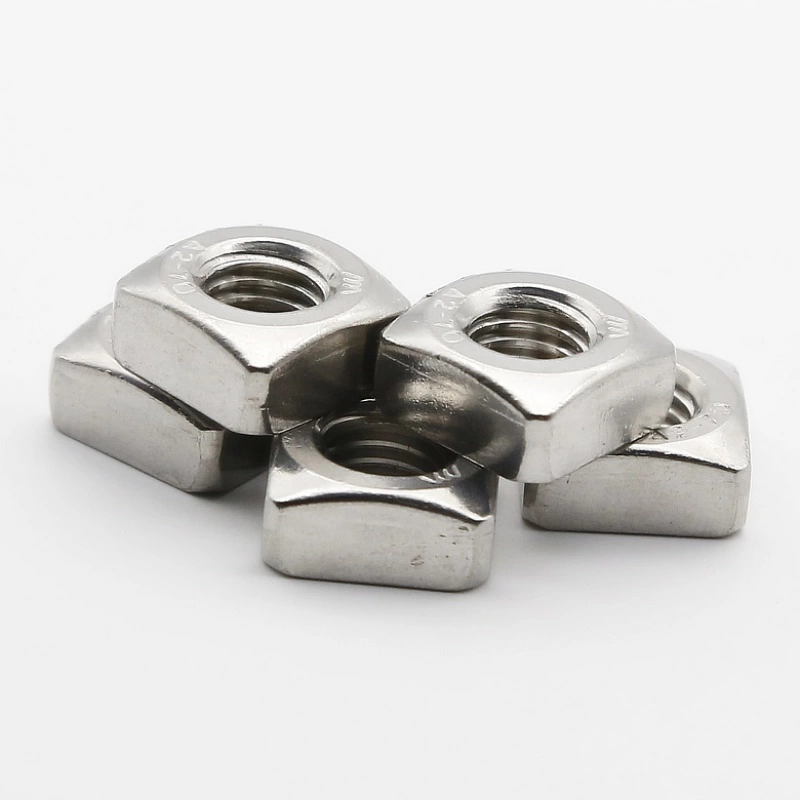

M16 Spring Washer Specifications and Applications for Enhanced Fastening Solutions
Dec . 29, 2024 12:32 Back to list
M16 Spring Washer Specifications and Applications for Enhanced Fastening Solutions
The M16 Spring Washer An Essential Component in Mechanical Assemblies
In the world of mechanical engineering and assembly, small components often play a crucial role in ensuring the integrity and reliability of structures and machines. Among these components, the M16 spring washer stands out as a vital element in various applications. Understanding its design, functionality, and applications can provide valuable insights into its importance in engineering.
What is an M16 Spring Washer?
A spring washer is a type of washer designed to exert a force between two components, providing tension and preventing loosening due to vibration or thermal expansion. The M16 designation refers to its size, specifically the inner diameter of 16 millimeters. Spring washers come in different shapes and materials, but the most common forms are the helical spring washer and the disc spring washer. The M16 spring washer is typically made from carbon steel, stainless steel, or other corrosion-resistant alloys, making it suitable for various environmental conditions.
The Functionality of the M16 Spring Washer
The primary function of the M16 spring washer is to maintain tension in bolted or screwed joints. When a bolt is tightened, the spring washer compresses, and as it tries to return to its original shape, it exerts a force against the bolt. This force helps to keep the joint tight, countering the loosening effects caused by vibration, thermal cycling, or other dynamic factors. The elasticity of the spring washer allows it to perform effectively under conditions where traditional flat washers might fail.
Moreover, the M16 spring washer can absorb shock and reduce stress concentrations in the joint area, which helps in prolonging the lifespan of the assembly. This characteristic is particularly valuable in applications where machinery operates at high speeds or where significant vibrations are expected.
m16 spring washer

Applications of the M16 Spring Washer
The M16 spring washer is utilized in various industries, reflecting its versatility and importance. One of the most common applications is in the automotive sector, where it is used in engine assemblies, suspension systems, and various structural components. The ability of the washer to maintain a tight fit under dynamic conditions is crucial for vehicle safety and performance.
In the construction industry, M16 spring washers are employed in structural connections and fastening systems. Buildings, bridges, and other infrastructures often face dynamic loads, making the reliability of connections paramount. The use of spring washers helps to ensure that these connections remain secure over time, even when subjected to changing loads and environmental conditions.
Another notable application is in the manufacturing sector, particularly in machinery and equipment assembly. Here, M16 spring washers are used in various components, such as conveyor systems, motors, and hydraulic systems. Their ability to prevent loosening under operational stresses ensures that machinery operates smoothly and reduces the risk of failure, which can result in costly downtimes.
Conclusion
The M16 spring washer may seem like a small component, but its impact on mechanical assemblies cannot be underestimated. By providing consistent tension in connections, absorbing shocks, and preventing loosening, it plays a vital role in enhancing the reliability and safety of various applications. As industries continue to evolve, the importance of such components will only grow, highlighting the need for engineers and manufacturers to understand their properties and applications thoroughly.
In conclusion, whether in automotive, construction, or manufacturing, the M16 spring washer serves as an unsung hero in the world of mechanical assembly. Its design and functionality ensure that machines and structures remain robust and efficient, underscoring the significance of even the smallest components in engineering excellence.
Latest news
-
High-Strength Hot Dip Galvanized Bolts - Hebei Longze | Corrosion Resistance, Customization
NewsJul.30,2025
-
Hot Dip Galvanized Bolts-Hebei Longze|Corrosion Resistance&High Strength
NewsJul.30,2025
-
High-Strength Hot-Dip Galvanized Bolts-Hebei Longze|Corrosion Resistance&High Strength
NewsJul.30,2025
-
Hot Dip Galvanized Bolts-Hebei Longze|Corrosion Resistance&High Strength
NewsJul.30,2025
-
Hot Dip Galvanized Bolts - Hebei Longze | Corrosion Resistance, High Strength
NewsJul.30,2025
-
High-Strength Hot Dip Galvanized Bolts-Hebei Longze|Corrosion Resistance, Grade 8.8
NewsJul.30,2025

